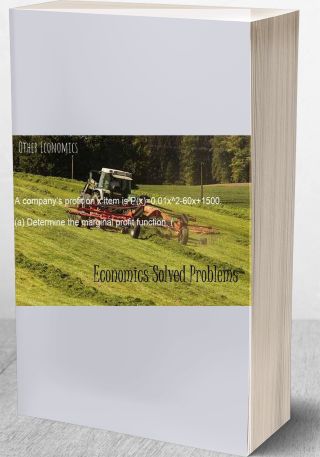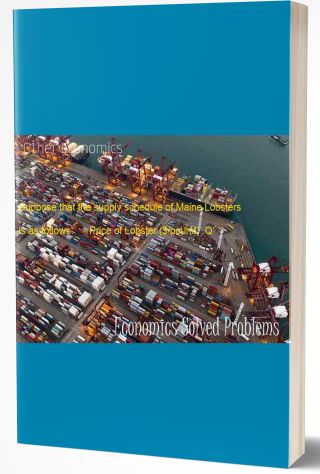Assume that the US and Mexico can produce under constant cost conditions (recall from lecture that c
Question: Assume that the US and Mexico can produce under constant cost conditions (recall from lecture that constant cost conditions means that the production possibility frontier will be linear; by contrast increasing costs means the production possibility frontier will have a curved shape).

(a) Graph the production possibilities frontiers for Mexico and the US. In the absence of trade, assume that the US produces and consumes 9,000 beers and 8,000 chips; Mexico produces and consumes 3,000 beers and 1500 chips. Indicate these points on each country's production possibilities frontiers.
(b) Determine the domestic relative price ratio for each country (note: this is the same as the marginal rate of transformation between these two goods). Explain as clearly as you can how to interpret this domestic relative price ratio using both terms of the marginal rate of transformation and opportunity costs.
(c) According to comparative advantage, should the two countries specialize and trade with one another? Explain your answer in reference to relative price ratios. If they do trade, which country should specialize in the production of which product? Once specialization has occurred, what is the increase in output?
(d) Suppose that the international price ratio (i.e. the \terms of trade") is 1 chip for 5 beers. Illustrate the trading possibilities curve for the both countries. Assume that 2,000 chips are traded for 10,000 beers. Are the consumers in the US and Mexico better off
? If so, by exactly how much?
Deliverables: Word Document


![[Solved] Traditional trade theory, such as the Ricardian or Factor Proportions Model, is based on six crucial #29415 Other Economics](/images/downloads-images/featured/Statistics-question-28859.jpg)
![[Solved] If you had $5,000 now and invested it at 12%, how much would it be worth in 15 years? #6664 Other Economics](/images/downloads-images/featured/Economics-question-14794.jpg)



